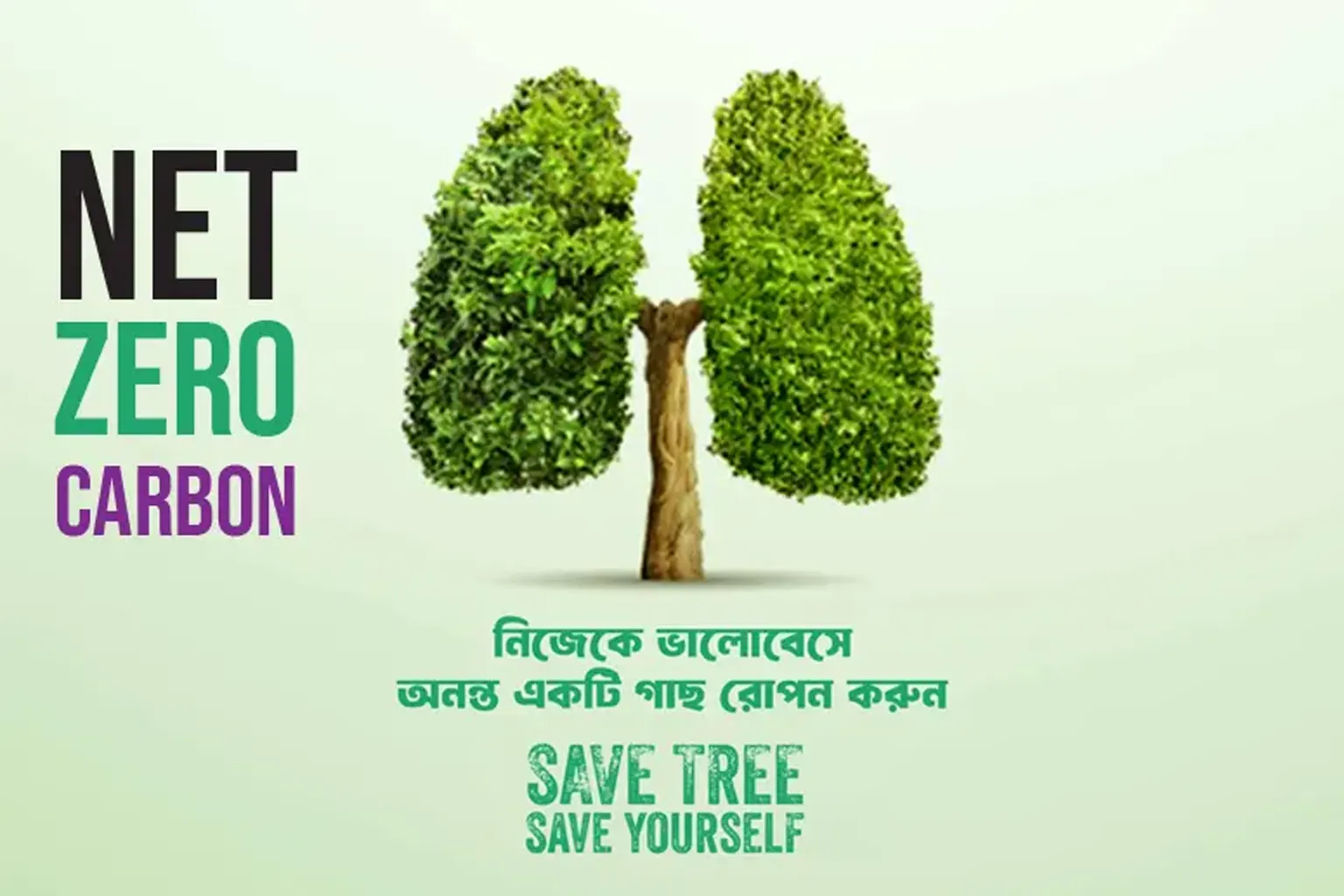
NET ZERO CARBON POLICY
Climate change is one of the greatest challenges facing humanity today. Rising global temperatures, extreme weather events, and environmental degradation are all fueled by excessive greenhouse gas emissions, especially carbon dioxide (CO₂). To address this, many countries, organizations, and industries have adopted the Net Zero Carbon Policy — a commitment to balance the amount of carbon emitted with the amount removed from the atmosphere.
What is Net Zero Carbon?
Net Zero Carbon means achieving a state where the total greenhouse gases we release into the atmosphere are equal to the amount we remove or offset. This does not mean producing zero emissions, but ensuring that any emissions we do produce are balanced by strategies like:
-
Planting trees and restoring forests (carbon sinks)
-
Using renewable energy (solar, wind, hydro)
-
Carbon capture and storage technologies
-
Energy efficiency improvements
Why is it Important?
The goal of Net Zero Carbon is to prevent further global warming and keep temperature rise within 1.5°C above pre-industrial levels, as recommended by the Paris Agreement. Achieving net zero is crucial because:
-
It reduces the harmful impacts of climate change.
-
It improves air quality and public health.
-
It promotes sustainable economic growth.
Key Strategies for Implementation
-
Transition to Renewable Energy – Replacing fossil fuels with clean energy sources.
-
Energy Efficiency – Reducing wastage in industries, transport, and households.
-
Sustainable Transportation – Promoting electric vehicles, public transport, and cycling.
-
Carbon Offsetting – Investing in projects that remove or reduce emissions.
-
Circular Economy Practices – Reducing, reusing, and recycling resources.
Challenges
-
High initial costs for renewable infrastructure.
-
Resistance from industries dependent on fossil fuels.
-
Need for global cooperation and policy enforcement.




